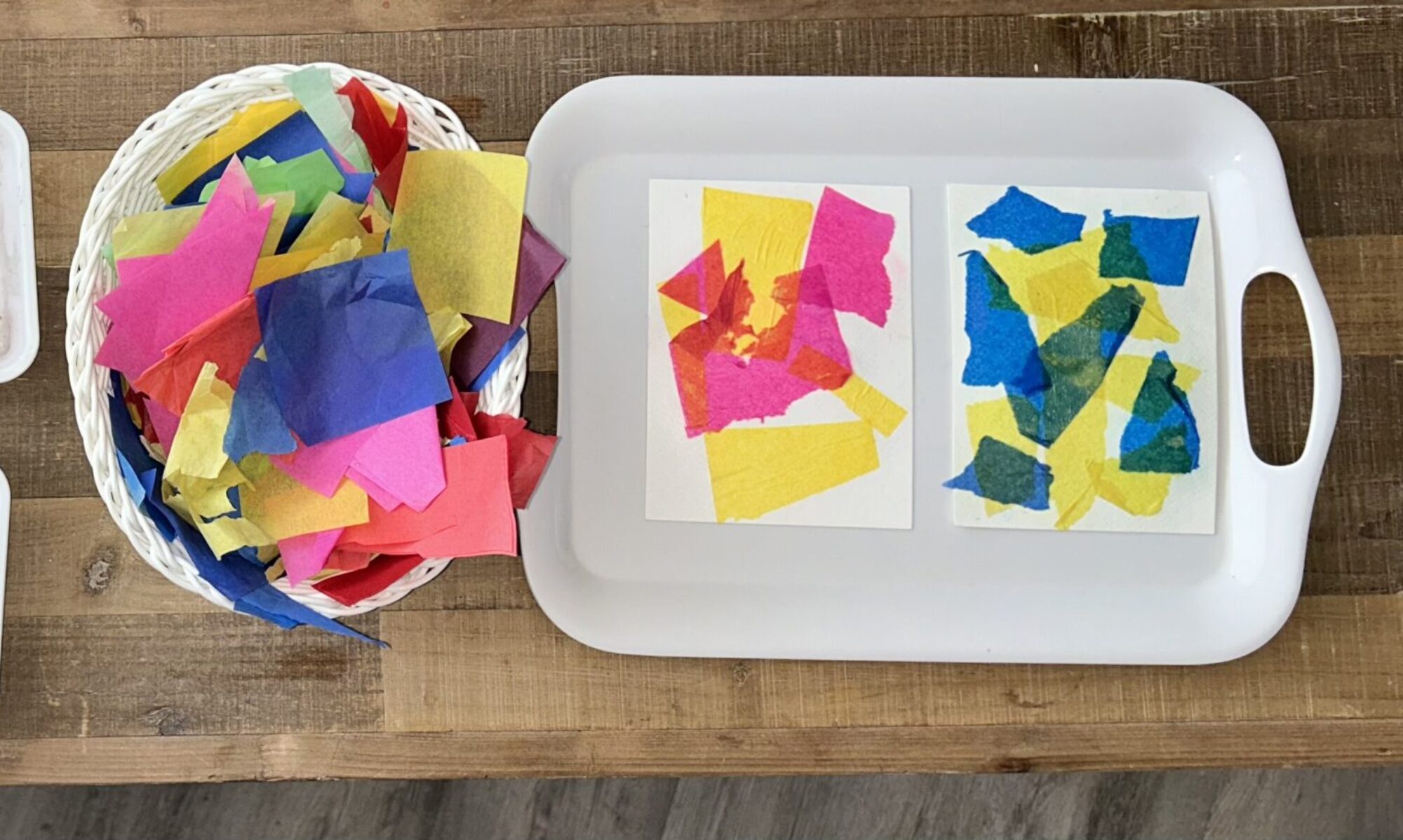This series will describe the phases of art development and teach you what the art fundamentals are. Because I get asked all the time “how do I teach art”. And the most common questions Montessori guides ask me are these:
“What are my young children capable of doing in visual arts?”
“But I don’t know what type of projects to introduce”
and,
“I don’t know exactly what I’m supposed to focus on.”
So I created this free mini video course to answer these questions and help you understand the art fundamentals children should be taught.
Art Fundamental Videos
- Infant & Toddler – Phases of Art Development
- 3-6 – Phases of Art Development
- Elementary – Phases of Art Development
- Art Fundamentals For Children
Did you know visual arts is incredibly important in a child’s education? Here are 10 reasons why art is essential in Montessori schools:
- Self-Expression
Art allows children to freely express their thoughts, emotions, and ideas. And art encourages children to discover and develop their unique artistic voice.
Read more on creative expression for 3-6. - Tactile & Sensorial
Plus art activities in Montessori settings often involve hands-on experiences. Delivering sensory messages that support cognitive wiring and memory development.
Read more on tactile sensory art here. - Fine Motor Development
But the most important thing to note is art builds fine motor skills, teaching children to control hand movements, improve hand-eye coordination, and strengthen manual dexterity.
Read more on fine motor development here. - Concentration and Focus
Montessori art tasks require sustained attention, helping children enter flow states. So they can immerse themselves in the creative process, enhances focus and patience.
Watch my free 1-hour video training on art flow and normalization here. - Observation Skills
Art activities encourage children to carefully observe their surroundings. This helps them focus on details like colors, shapes, space, and textures. - Problem-Solving and Critical Thinking
Through art, children explore solutions, make creative decisions, and learn to evaluate outcomes. And children can develop critical thinking skills as they go through artistic process.
Art Connects Wellbeing
- Cultural Awareness and Appreciation
Art offers children a window into various artistic styles and cultural traditions. They build an appreciation for diversity and gain insights into other cultures. - Emotional Development
Art serves as a safe outlet for children to express and process their feelings. This fosters emotional intelligence and self-awareness.
Learn more about emotional literacy and art journaling here. - Confidence and Self-Esteem
Completing art projects gives children a sense of pride and accomplishment. This boosts their confidence, self-esteem, and belief in their abilities. - Integration of Learning
Art ties into other Montessori subjects like language, math, science, and cultural studies. This holistic approach allows children to make meaningful connections across different areas of learning.
learn how Art Creation as a Way to Understand the Natural World
Art Facilitator
Spramani Elaun is an author and art curriculum developer from San Diego California. She is a homeschooling mom, art teacher with a science art methodology. Her success is led by observations and real-life practice of how children cognitively and sensorially process art over twenty years. She is the founder of Nature of Art® Art school & Art supply company, Art Teaching Blueprint Montessori Certification Training Program. Spramani holds degrees in Graphic Design, Digital Media Design, Visual Communications, Print Media, and Fine Arts.
All copy rights reserved © 2024 Nature of Art®




